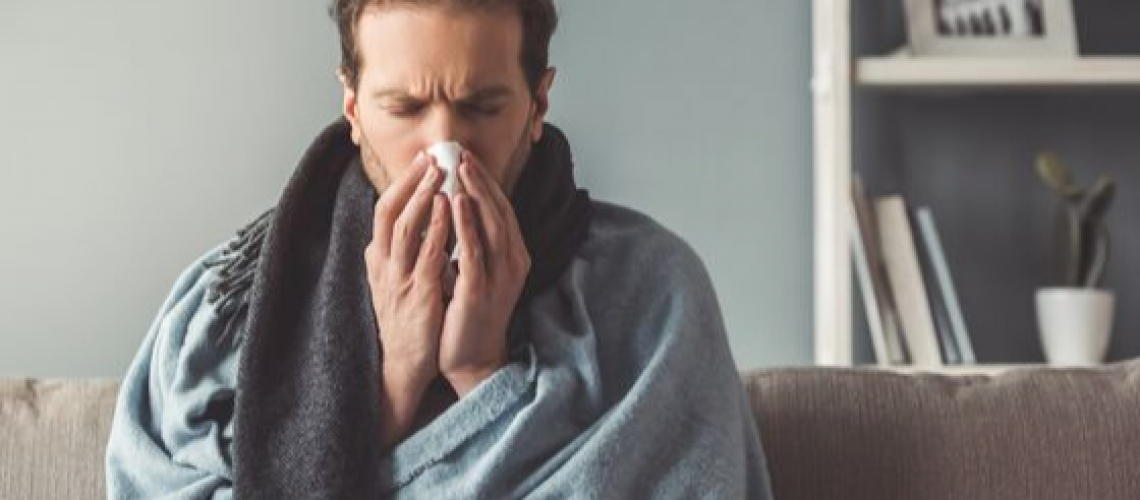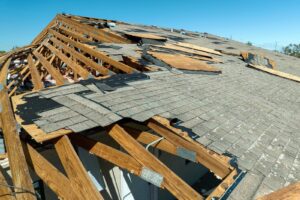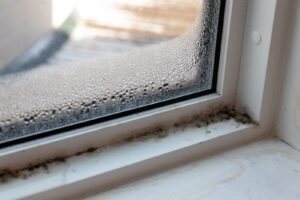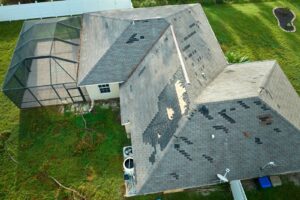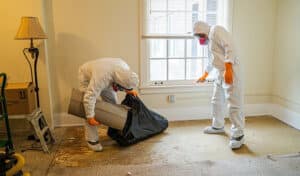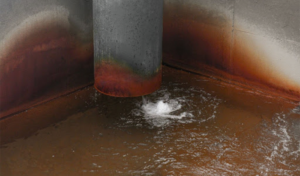Exposure to mold may affect your physical health—but this is not the case for everyone.
Unless it is toxic mold, most mold will grow without detection. However, if you among the unlucky few who are susceptible to mold sensitivity, you may experience cold-like symptoms. Mold sensitivity can lead to allergic reactions, sneezing, runny nose, red eyes, and skin rashes. Exposure to mold can irritate your eyes, skin, nose, throat, and lungs.
Mold Sensitivity
Those that are vulnerable to mold sensitivities include infants and children, the elderly, people with chronic lung disease, people with a mold allergy, and people who have a compromised immune system. A compromised immune system usually comes from an HIV infection, cancer, liver disease, or chemotherapy.
People with severe mold allergies or other respiratory issues are more prone to having severe reactions to mold exposure. This may include shortness of breath. If you already have asthma, breathing in mold spores may bring on an asthma attack.
The Institute of Medicine or the IOM did a study in 2004 that found a link to indoor exposure to mold and upper respiratory issues such as coughing and wheezing.
People with mold sensitivity should also avoid piles of cut grass, damp environments, and wooded areas—these areas are more likely to have mold growth.
Mold Growth
Mold is a fungus growth that is made up of tiny organisms found pretty much everywhere. In small amounts, mold is usually harmless. Most people are exposed to mold daily. However, in large numbers, mold growth and mold exposure can be more problematic.
Mold growth often goes unnoticed because it can quickly grow in hidden places. Mold grows in walls, floors, carpet, and furniture. Anywhere there is moisture—there is potential for mold growth. Damp areas such as bathrooms, kitchens, laundry rooms, and basements are susceptible to mold growth.
Reduce Mold Growth
Getting rid of all mold and all mold spores in your home isn’t realistic—however, there is plenty you can do to reduce your home’s risk of mold growth. Using a dehumidifier and an air condition is very useful. Do what you can to lower your indoor humidity levels—keeping it below 60% will significantly help reduce your risk of mold growth.
Dry wet surfaces as soon as possible—preferably within 24 hours to prevent potential mold growth. Keep an eye out for any leaks. Anywhere there is sitting water; there will likely be mold growth eventually.
Increase the air circulation in your home by using fans and opening doors in your home. Moving furniture from the corners and sides of the wall can also be helpful.
If you have a mold problem in your home, contact us at RestoreMasters. We can have your home clear of mold and help you to be breathing clear are again in no time.

